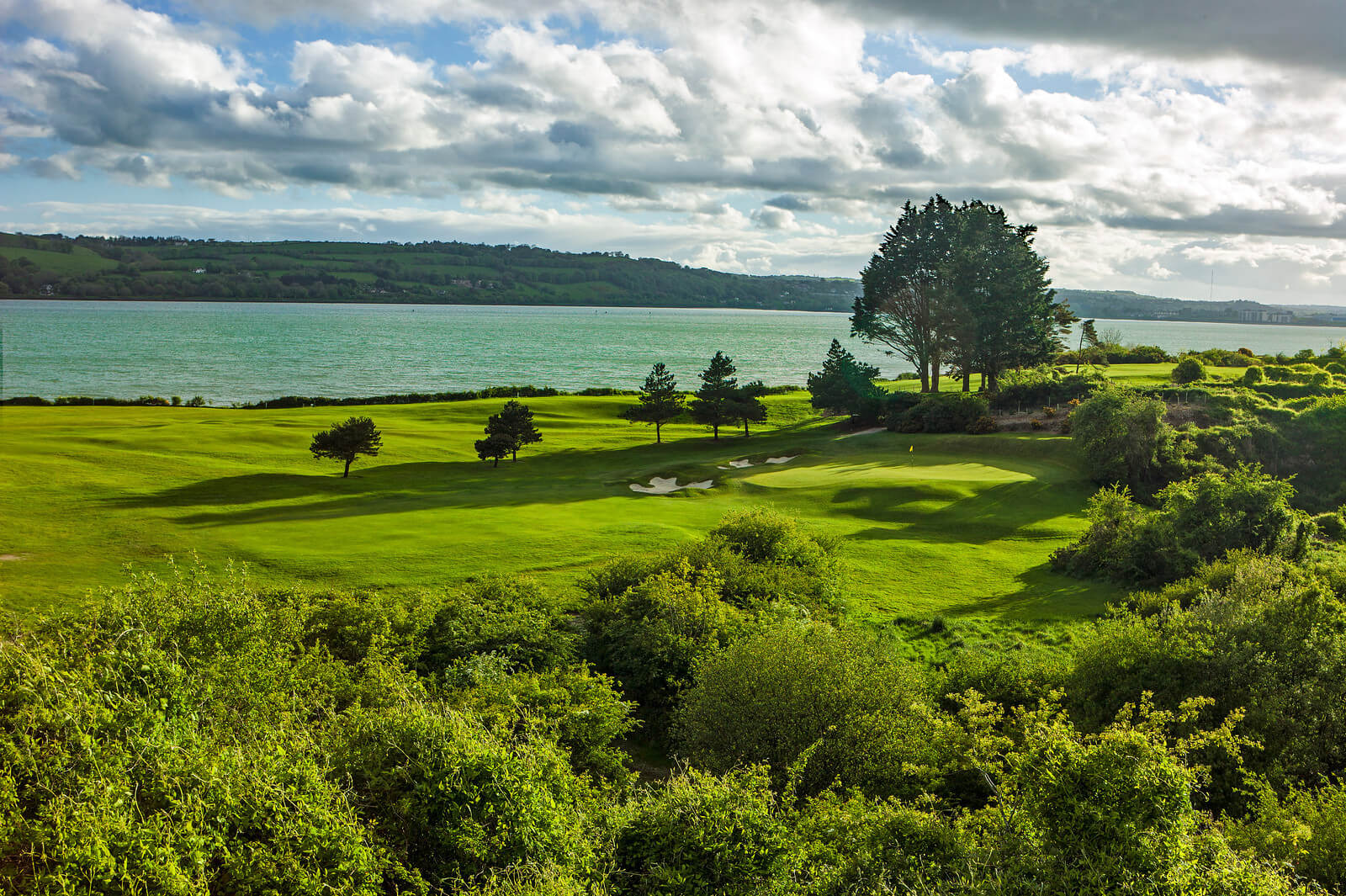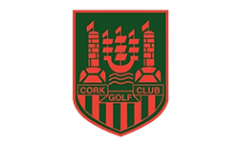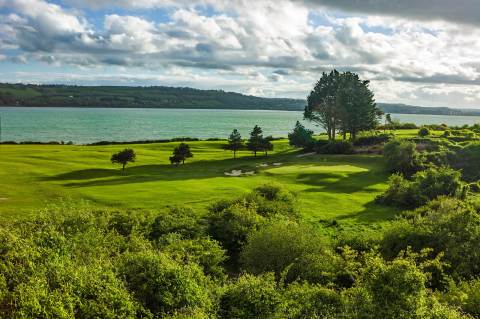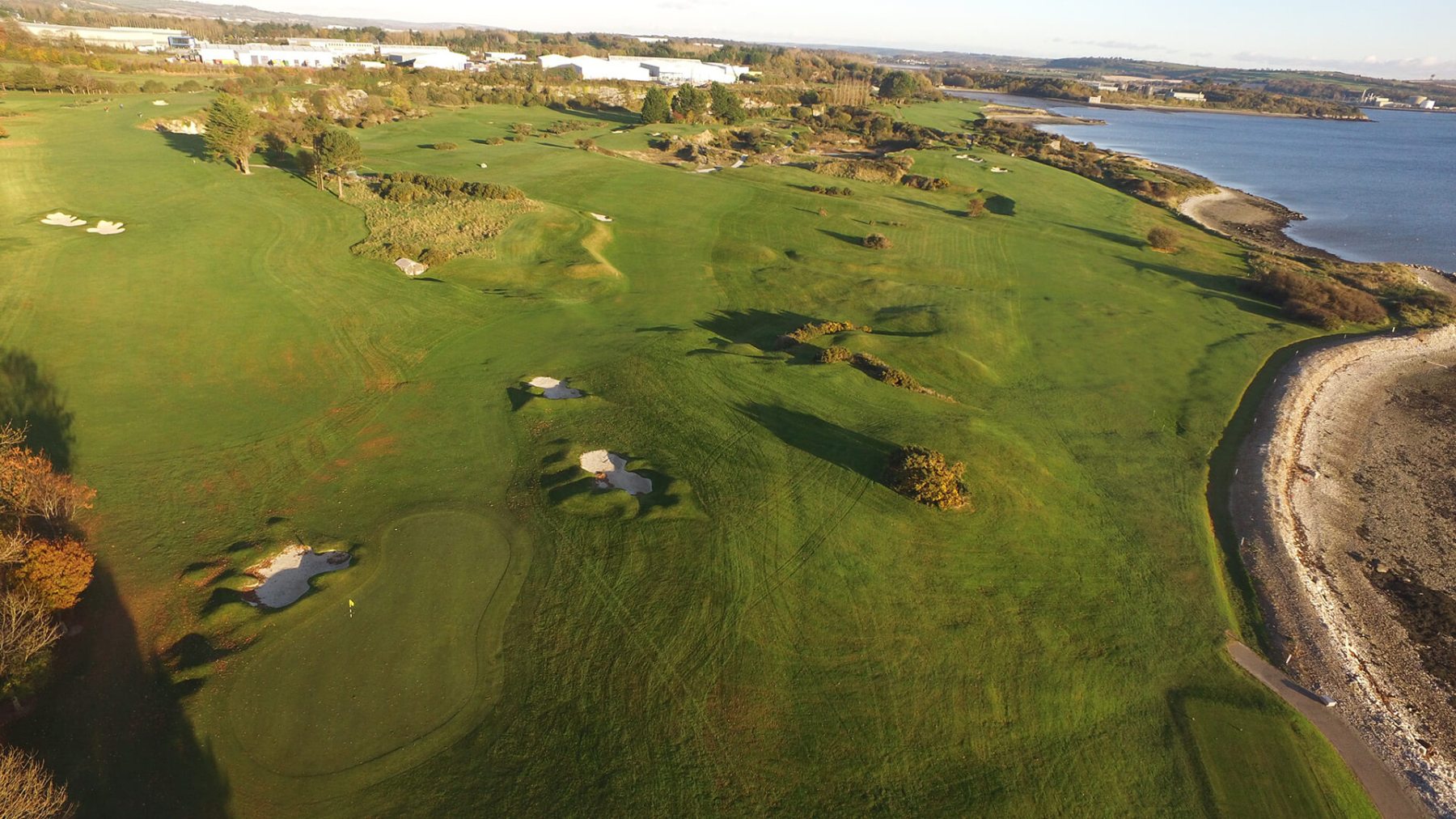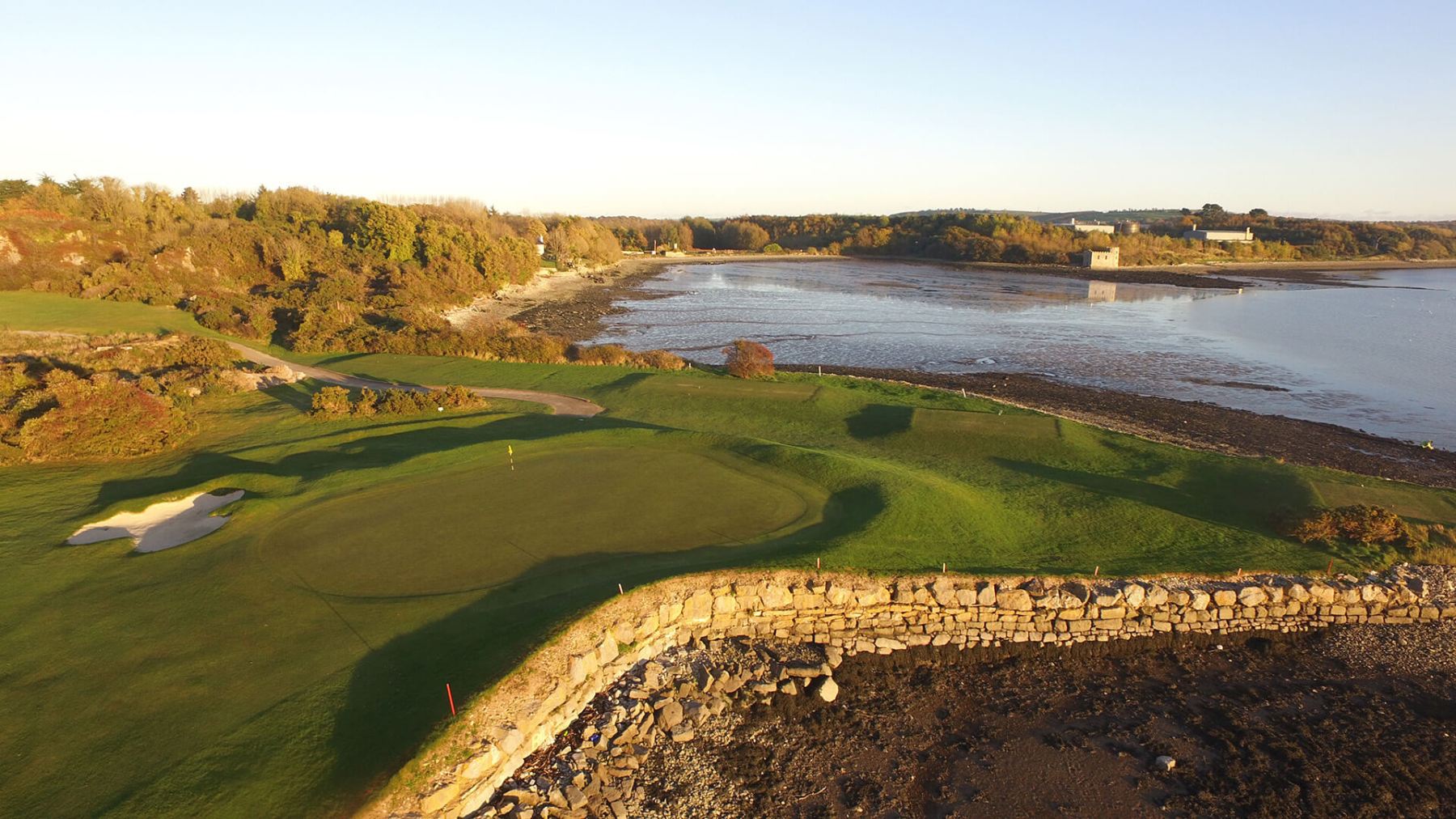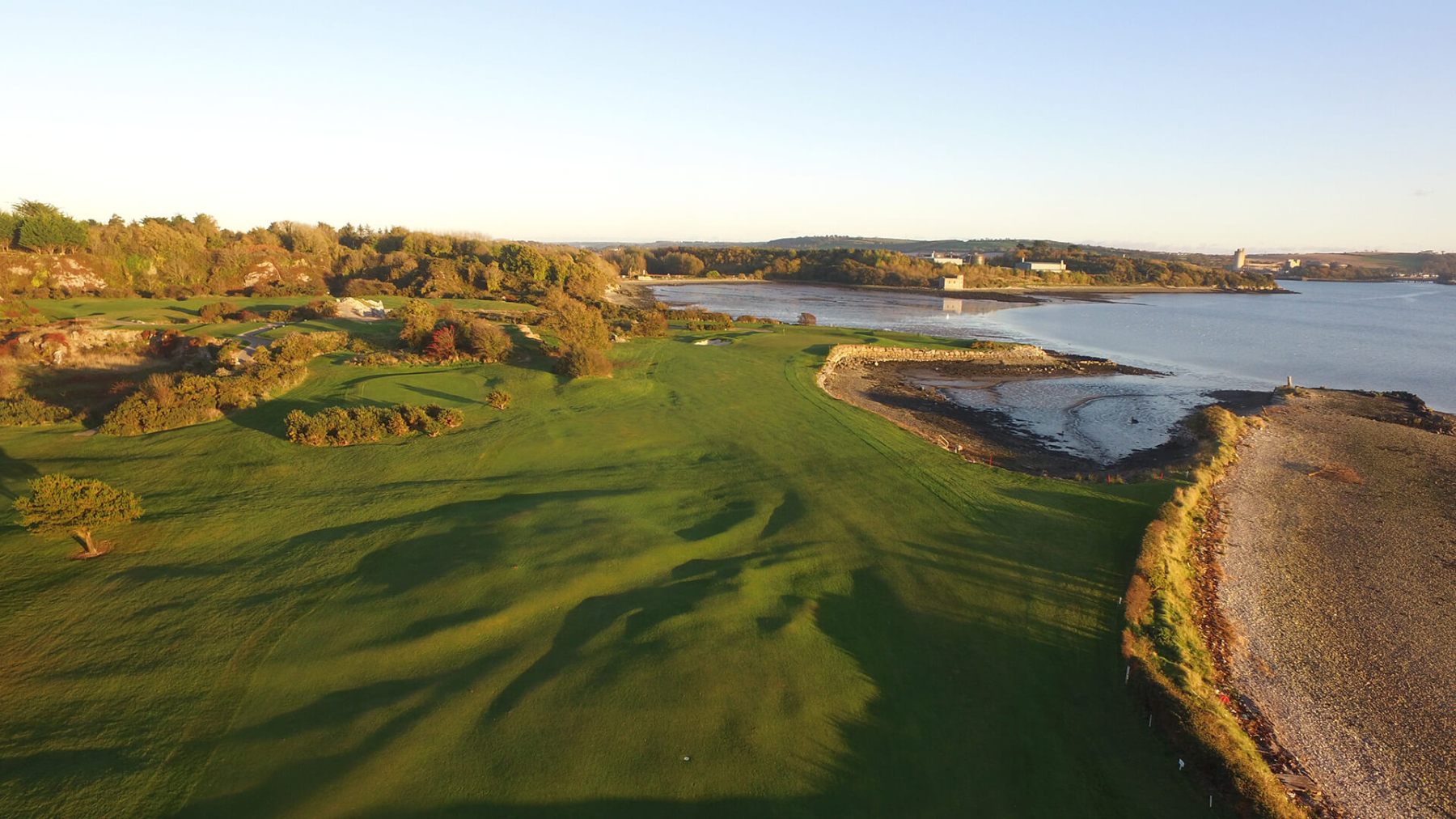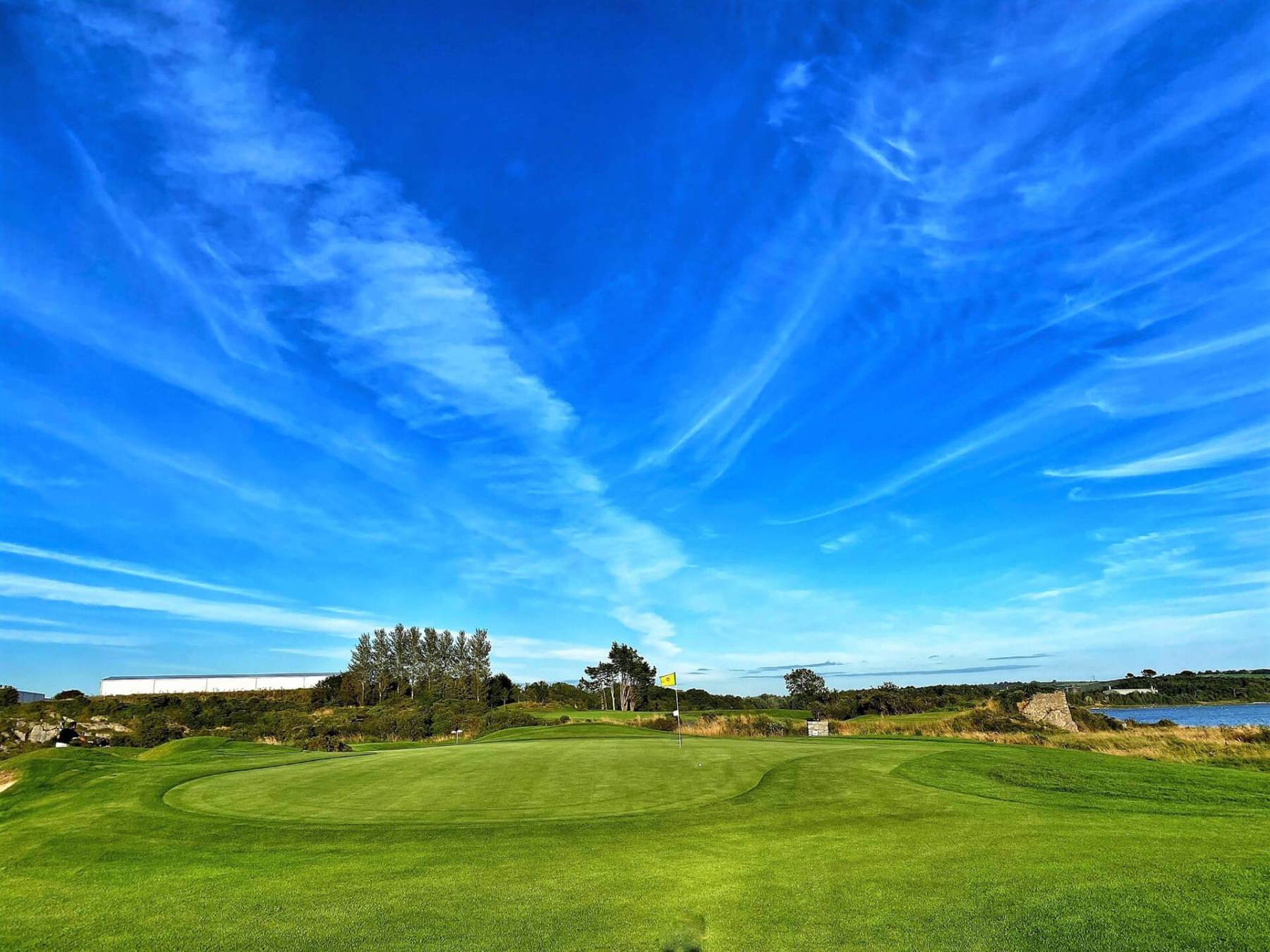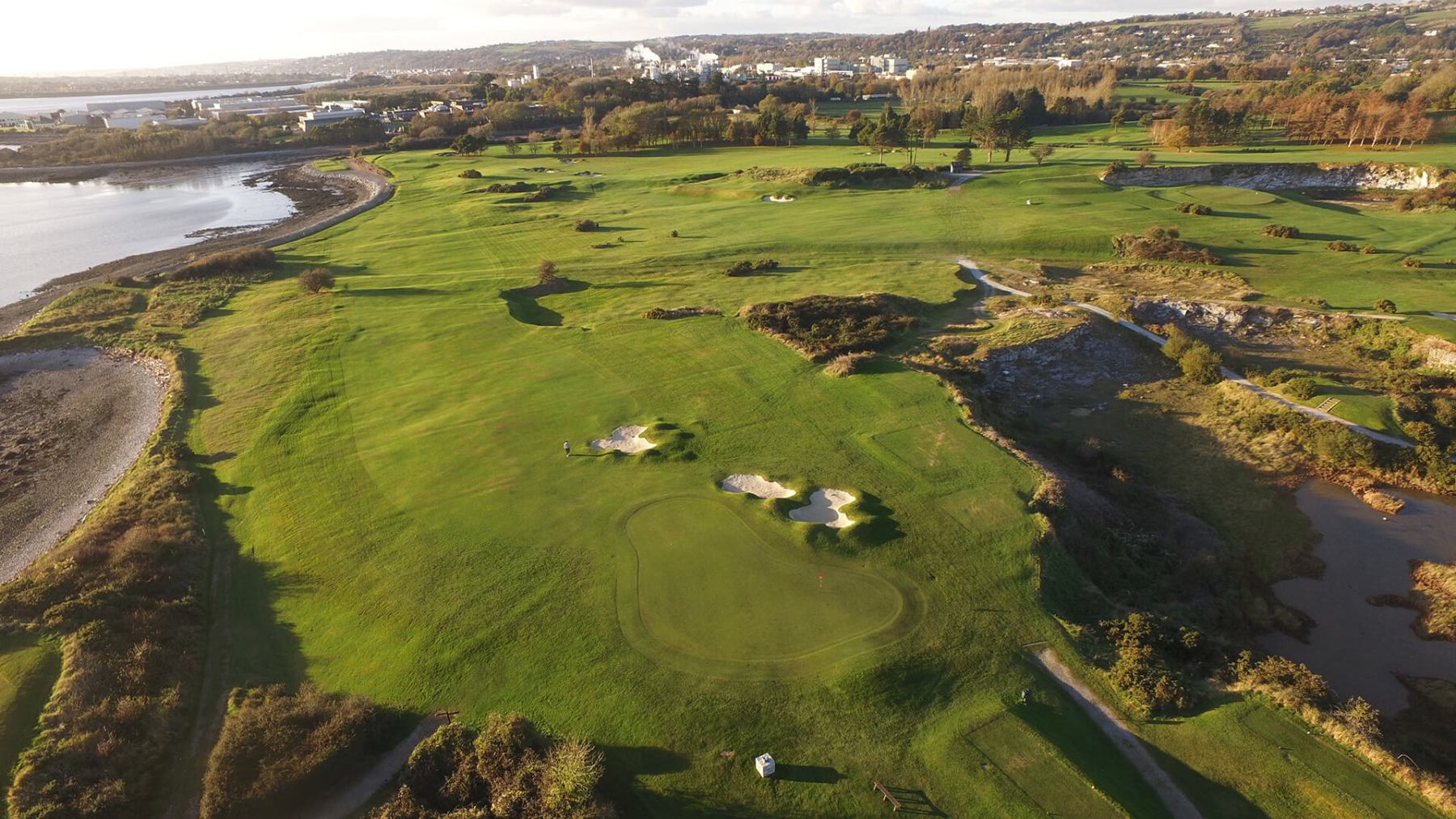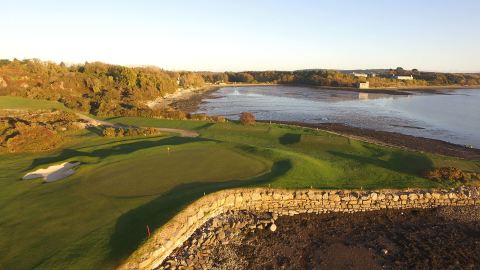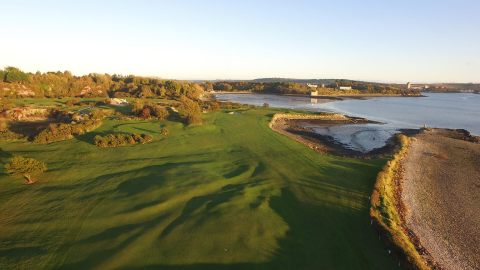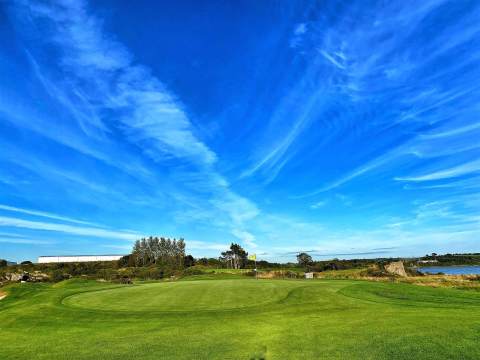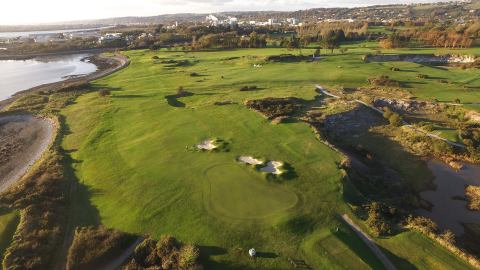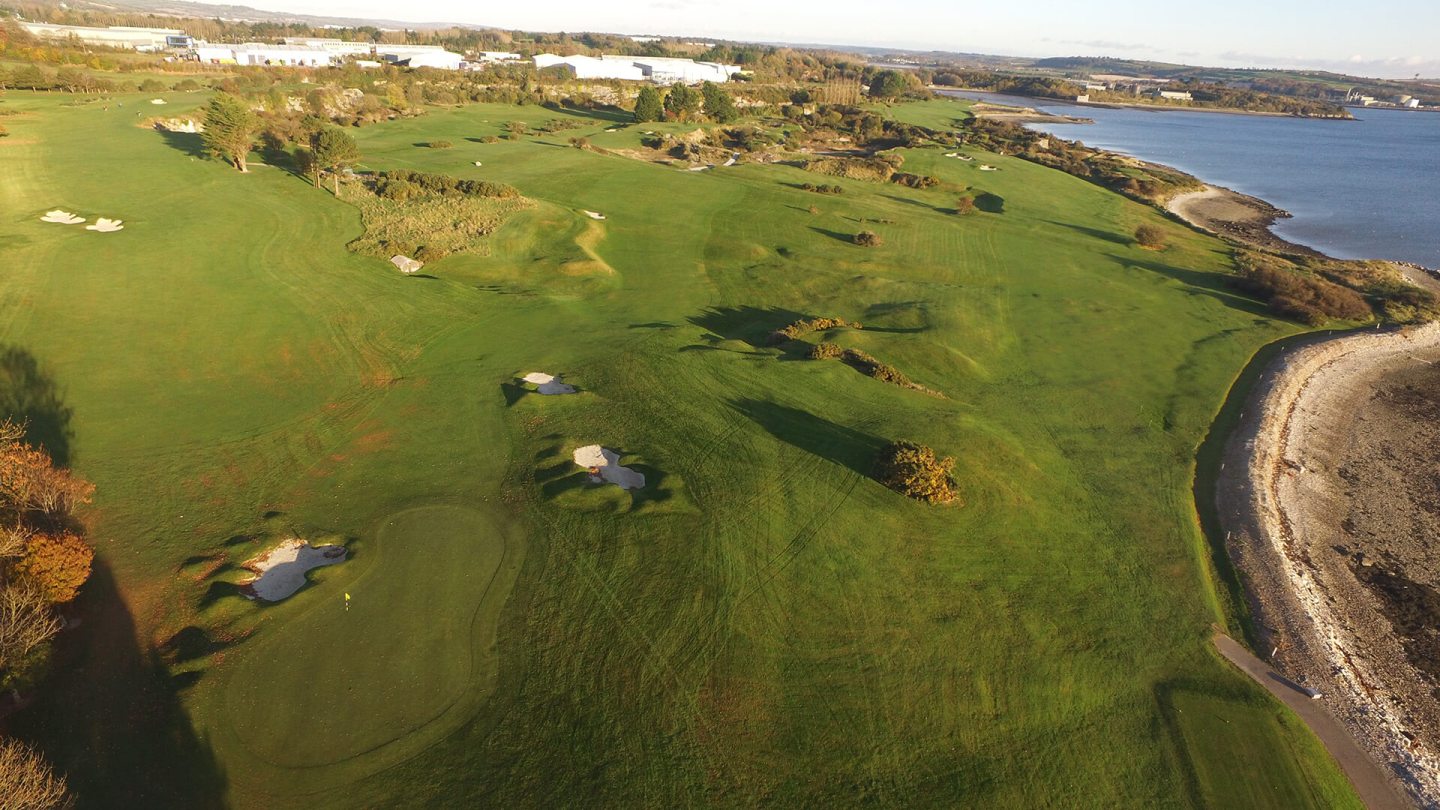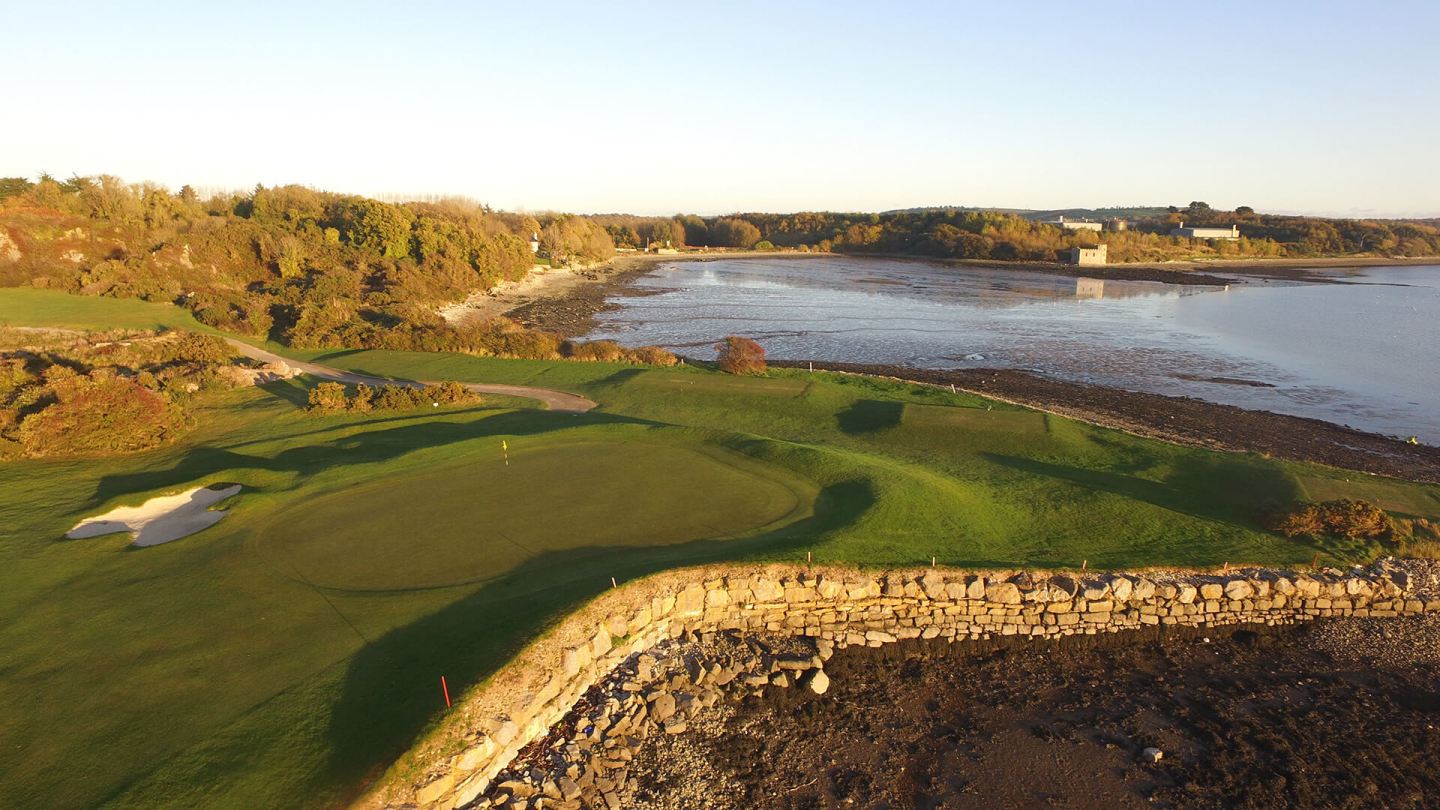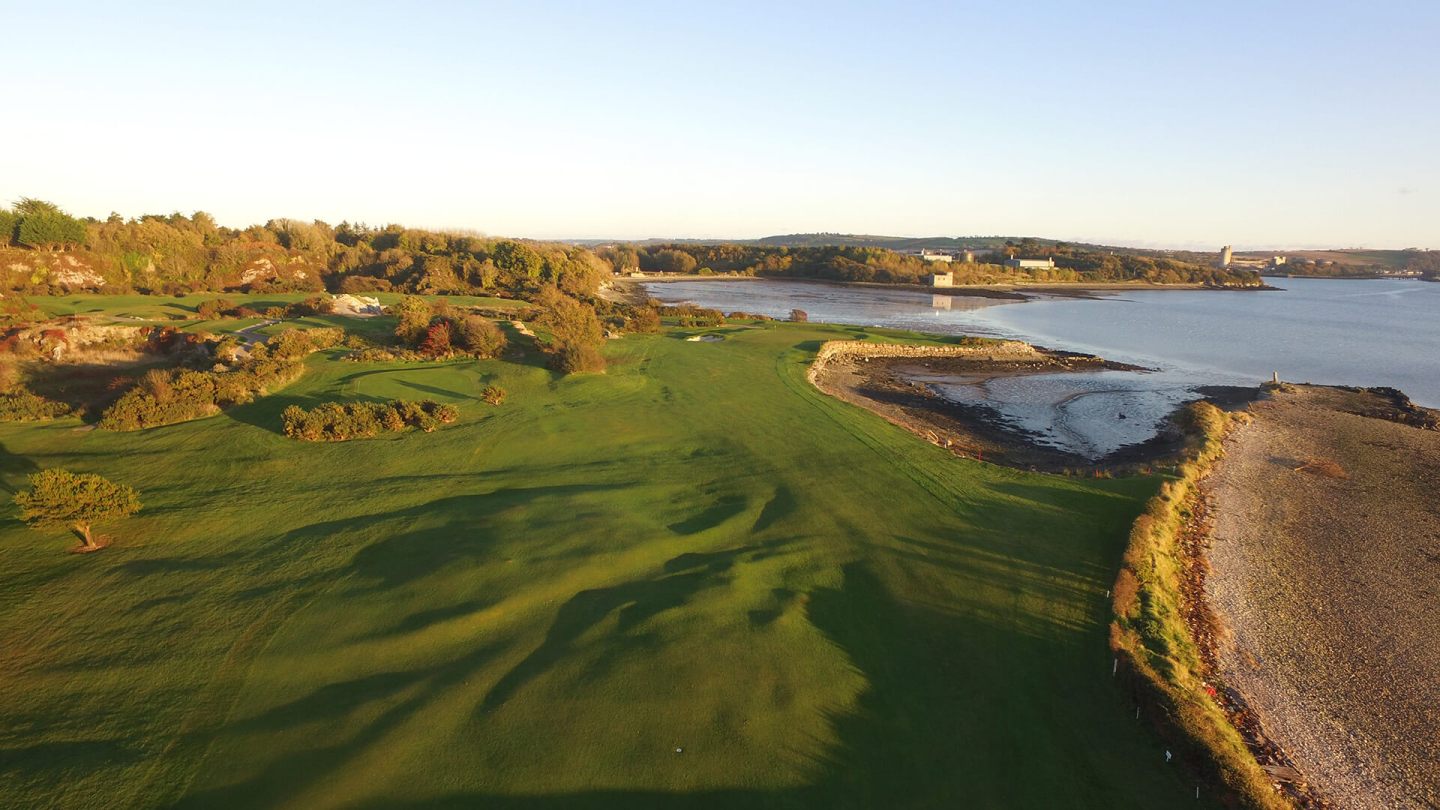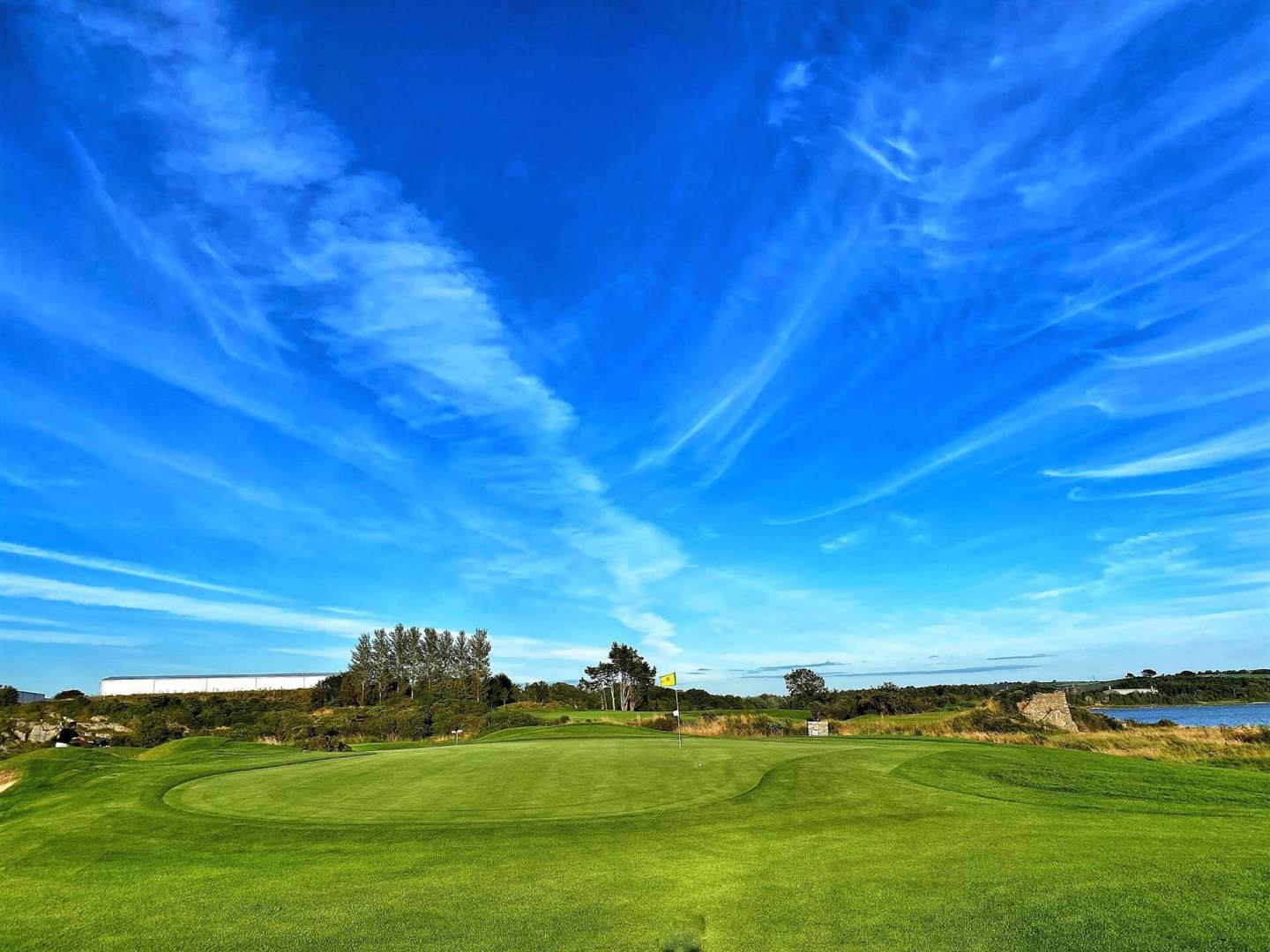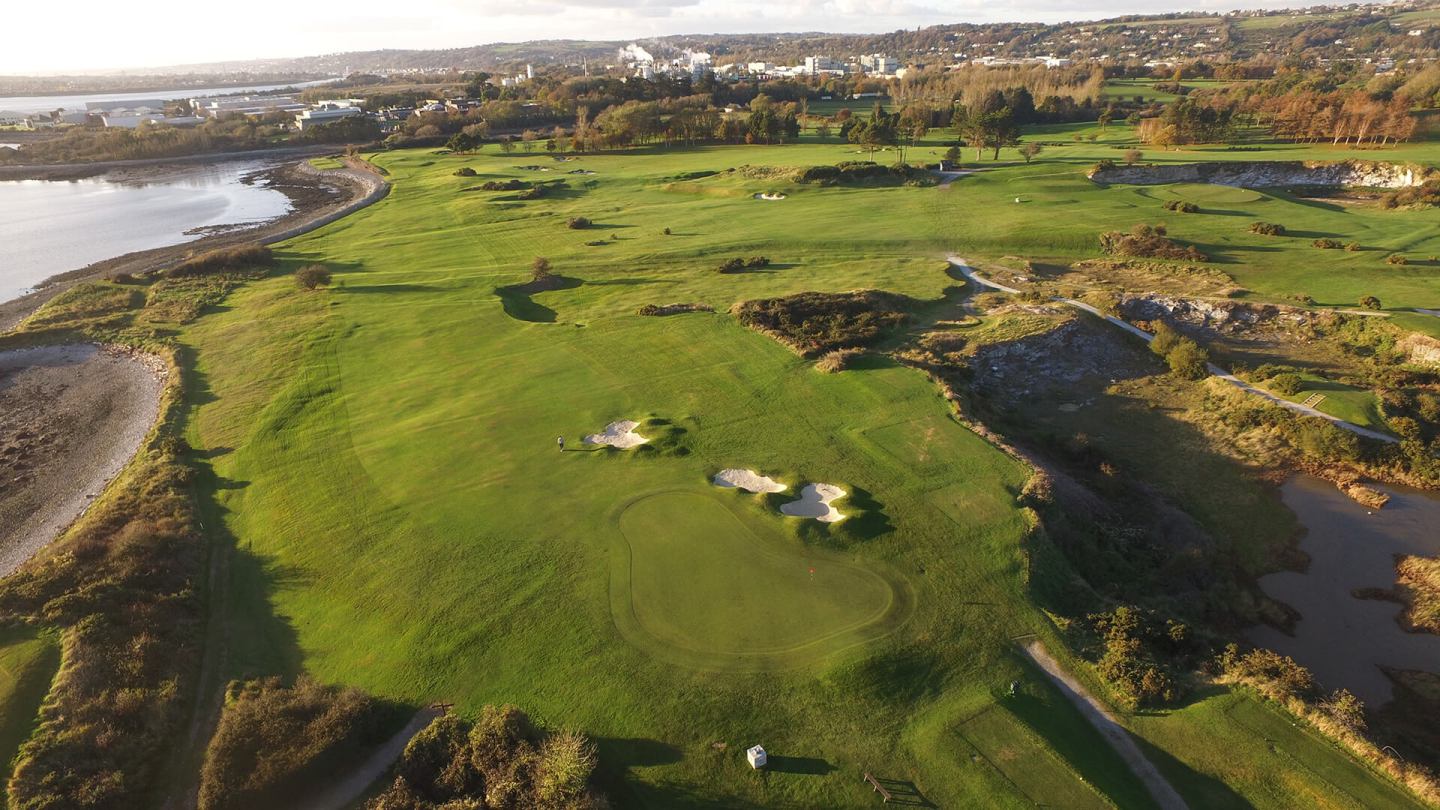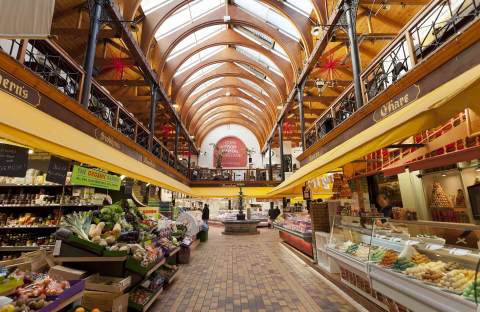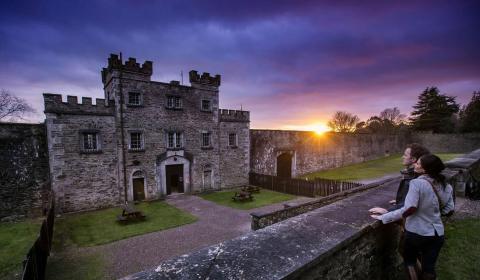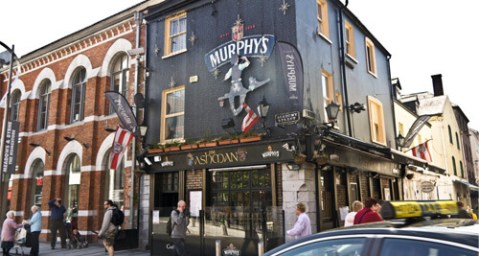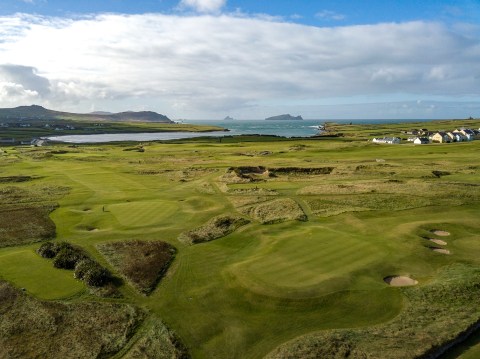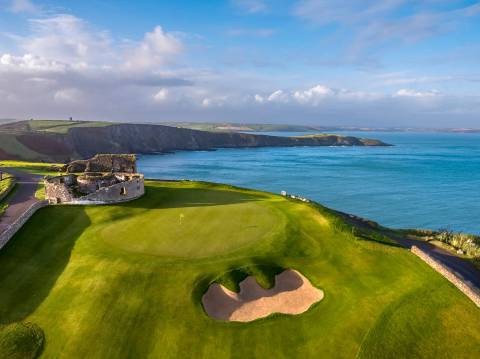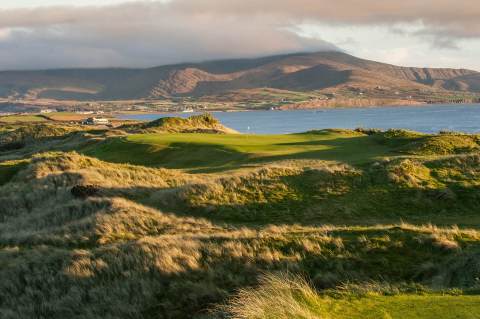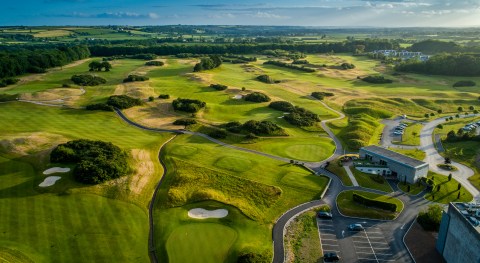Cork city is a vibrant urban space offering visitors everything they could need. Make sure to visit the English Market and marvel at the wide selection of unusual food, followed by a tour of the nearby high streets.
And for those wishing to absorb the culture of County Cork, make sure to take a trip to the Blarney Castle where you can gain the gift of the gab with a simple kiss upon the Blarney Stone! Animal lovers can get their fill at the huge Fota Wildlife Park, while history enthusiasts can get lost in the wonder of Cobh Heritage Centre.
One of the most popular attractions in Cork city is Cork City Gaol (Jail), now a unique visitors attraction. This magnificent castle-like building once housed 19th-century prisoners. Today, visitors get a fascinating insight into day-to-day prison life.
